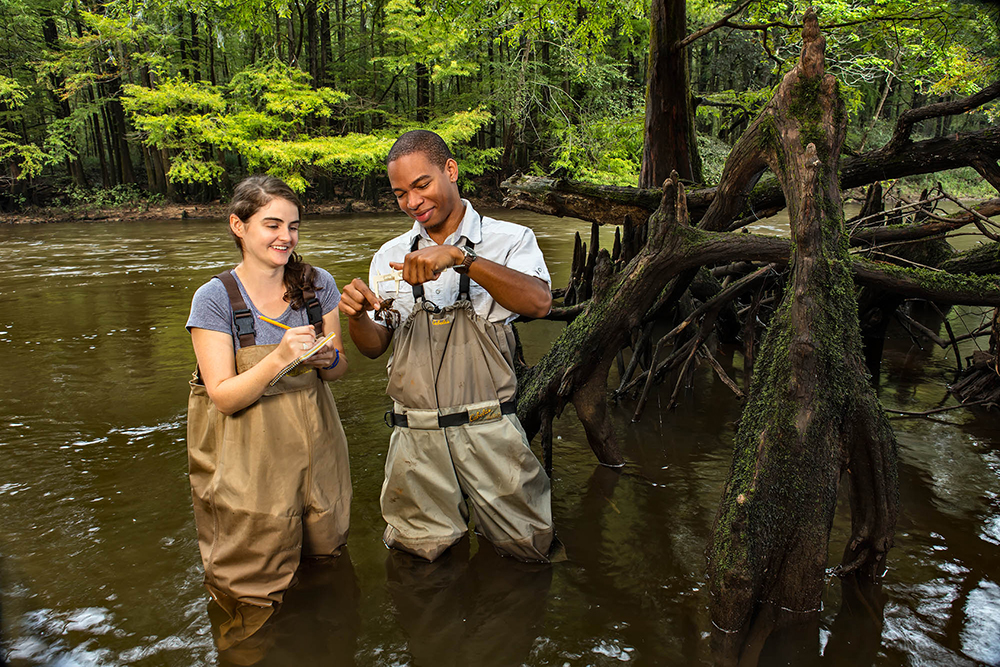Natural Resources Research & Management
Natural Resources Research & Management
We fill in gaps of this existing data using detailed field studies.
We have surveyed and instrumented stream reaches and isolated wetlands to examine responses of macroinvertebrates, freshwater mollusks, fishes, amphibians, reptiles, and higher vertebrates, to hydrologic change.

